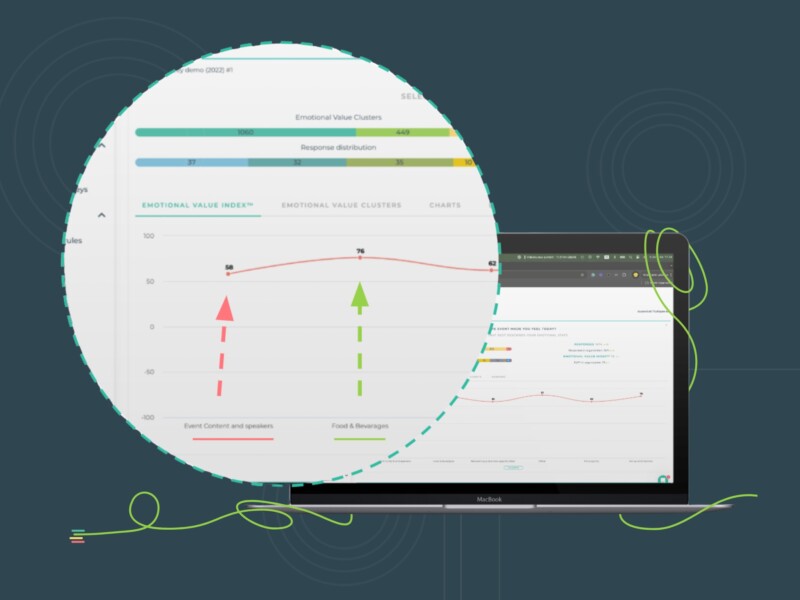Identifying Common Customer Pain Points
In a perfect world, there would be perfectly happy customers and businesses. But, the world we live in, every business gets a fair share of customers who face issues with its product or brand. What we as businesses can do is rectify them and aim for perfection.
Pain points are a common hurdle every brand needs to face strategically. As a seller, innovator, or producer, first you need to identify different pain points that customers face and address them effectively. It shows how much you value them and the effort you put in to provide a good customer experience. Moreover, it builds a good impression of the brand among customers, and reinforces their sense of loyalty- Here’s a business that actually cares about us!
So, let’s find out where these pain points stem from.
What is a customer pain point?
Simply put, customer pain points are various problems that your customers encounter in their buying journey. This can be any issue that distracts, affects, and obstructs the customer from receiving a seamless experience from engaging with your brand. Customer pain points can be diverse as they can arise in multiple ways, and the intensity of each problem can vary from each other.
Moreover, these issues can be specific to each product or service, and therefore you may not deal with the same problem as your counterparts. However, being knowledgeable about common customer pain point areas and the ideal ways to approach them can help you pinpoint current and potential issues that customers might be facing with your brand. There are four main types of customer pain points and we will look at each in detail below.
Financial pain points
A rational customer is always on the lookout for brands that will help them best satisfy their needs, maximize their utility, and provide value for money. If customers are overwhelmed with the fees and pricing structure, they can lookout for a better alternative to get rid of the burden. So, it is crucial to address the financial pain points faced by customers as it can impact your brand and sales negatively. A business can impose a financial strain on its customers if,
- The delivery charges are very high.
- Additional fees charged are complicated for the customers to decipher.
- The durability of the product or the quality of the service is not at par with the price paid.
- Subscription or membership fee is expensive.
- The pricing structure or method is not transparent.
Maintaining transparency can prevent your customers from deterring from your brand. Explain the reason for any additional fees, and maintain a simple pricing structure that’s easy to understand. Moreover, it’s important to clarify any price-related questions and doubts your customers have.
Support pain points
Customer support is a defining element when it comes to providing good customer service. According to a global survey by Microsoft, 96% of customers believe customer service as an important factor determining their loyalty towards a brand. Therefore, good customer experience is unimaginable without prompt support to customers.
If customers face a lack of assistance in installing, using, and troubleshooting with regards to a product/service, they can easily be disheartened towards the brand. Pain points related to support can arise when,
- Customers find it difficult to reach out to customer support agents to resolve an issue
- Customers don’t receive a prompt response from a sales agent regarding a query
- Customers have to repeat the same detail or information to many agents
- Customers have to deal with agents who lack knowledge or experience
Training your employees is the best method to improve customer support. Educate them on handling customer feedback, queries, and suggestions. Improve your brand’s presence in multiple social media and other channels to make it easier for customers to reach out for help and clarifications.
Productivity pain points
Here, focus on how well your product or service helps customers to use their time more efficiently and improve their lifestyle. There may be shortcomings in the product or service that you offer that affects the productivity of the customer such as,
- Time lags when using the product
- Difficulty in operating the product
- Manufacturing defects or sub-standard products
These pain points can impact customer experience negatively, and make them look for other alternatives even at a higher price. Why?
Customers always want products that improve their lifestyle in terms of convenience and comfort. They are more likely to purchase again if it proves to be useful. If your product is making them feel frustrated, unhappy, and consumes too much of their valuable time, you certainly need to improve it.
This is where customer feedback plays a great role in helping you understand what you are doing wrong or what can be done better. Communicate with customers and gather the information that helps you improve what you are offering. Research on buyer expectations regarding products/services similar to what you offer and find out if there’s a gap in what you offer.
Process pain points
Did you know that 74% of customers tend to switch brands if they find the buying process inconvenient? So, pay attention to how comfortable the customer is about the overall buying process. If the entire process is well-streamlined with prompt information flowing to the customer to enable the purchasing decision, your business is in a good place. If not, reassess to see what you are doing wrong.
Customers can face difficulties in the buying process in many ways such as,
- Accessing important information related to the product
- Waiting in the queue for a long time
- Navigating through the website to browse products and complete checkouts faster
Make vital information related to your product readily available in a manner that customers can easily access it. Innovate ways to reduce waiting time so that customers are catered to as soon as possible. Prompt and clear communication is also necessary to make the buying process easy for the customer. All in all, it’s important to make the customer journey a hassle-free routine that people love to engage in.
Conclusion
We have only dealt with common areas of customer pain points and typical problems associated with each area. Your customer might be facing one of them, multiples of them, or a novel issue completely different from them. The key is to perform adequate research and ask customers open-ended questions that will provide a clear insight into the issues they face and the level of customer experience they receive from your brand. If you want to know more about how to address customer pain points strategically using a step-by-step method, read our next article on solving customer pain points successfully.



